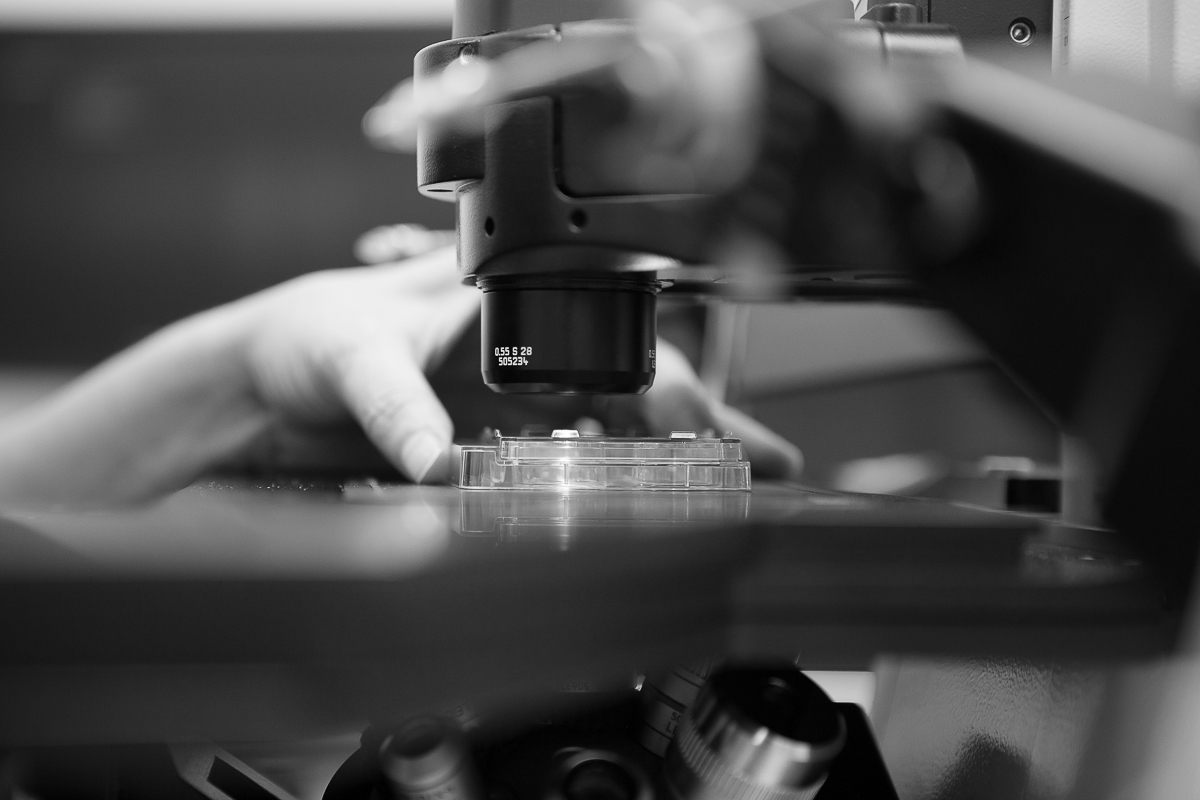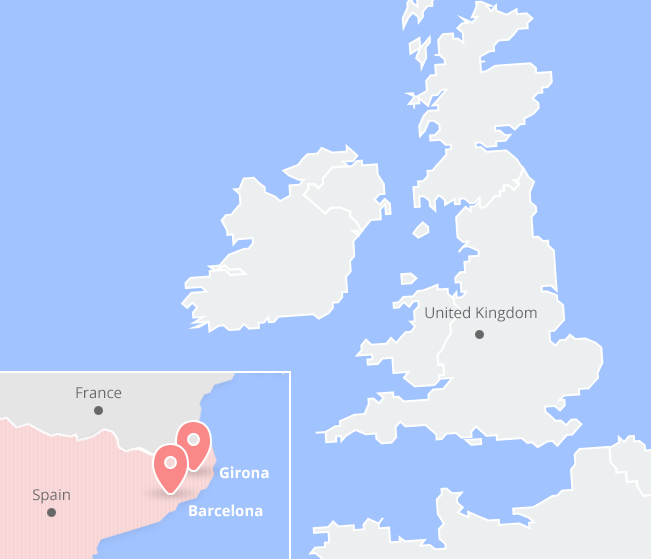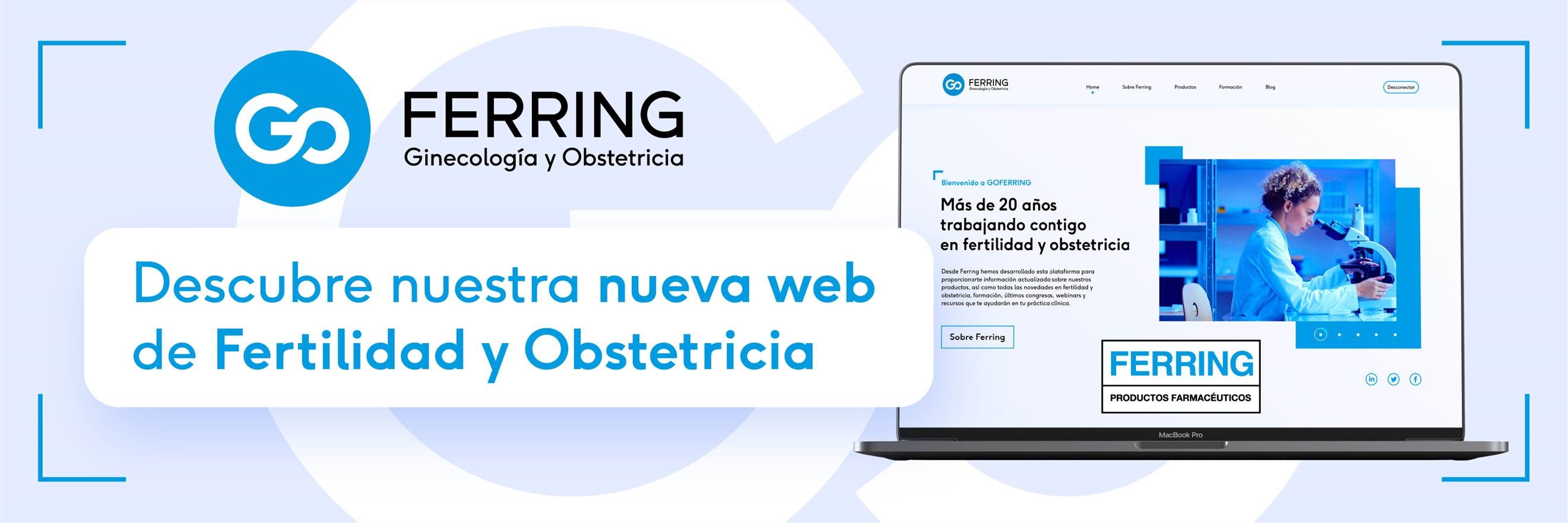
Contrary to the men who have stem cells in their testes and therefore can produce sperm throughout their lives, oogonia, or female stem cells, degenerate during the fetal stage. So, from birth, the ovarian reserve (number of eggs in the ovaries) stays the same, although it decreases with age.
Since puberty, between 100 and 200 eggs begin to recruit, to “waste away”, each ovarian cycle. Nevertheless, only one comes to maturity and therefore gets to be capable of being fertilized and to result as an embryo. When this reserve uses up, is the moment when women enter the menopause stage.
Thus, the reproductive capacity, or fertility of women, decreases with age because each time the quantity of eggs is lower, but also because they are of lower quality.
“Aged” eggs have worse prognosis for various reasons, including:
1) They have more chromosomal anomalies. Some of these anomalies are compatible with life (these embryos are born but with some anomalies) such as Down syndrome, Edwards syndrome, Klinefelter syndrome, among others. However, most of them aren’t born, and therefore lead to miscarriages.
2) Altered metabolism. Organelles like mitochondria, which provide energy to the egg and the embryo works less every time. There are many pioneering techniques that allow regenerating them using a part of the eggs of a donor or, as recently published, obtaining these organelles from their own cells, precursors of the eggs that were “hidden” in the outermost areas of the ovaries of the patient.
Waiting these techniques to be applied routinely in clinical practice, when the quantity or quality of the eggs is insufficient (early menopause, old age, poor embryo quality, recurrent IVF failures, among others) the best alternative is to turn to egg donation.
Egg donation consists in using eggs from a young donor, between 20 and 32 years, with the physical characteristics that are compatible with the recipient woman and with a proven physical and mental health.
Thanks to the egg donation, the rate of pregnancy is greater than 60%.




 Español
Español Français
Français Català
Català Italiano
Italiano Русский
Русский









